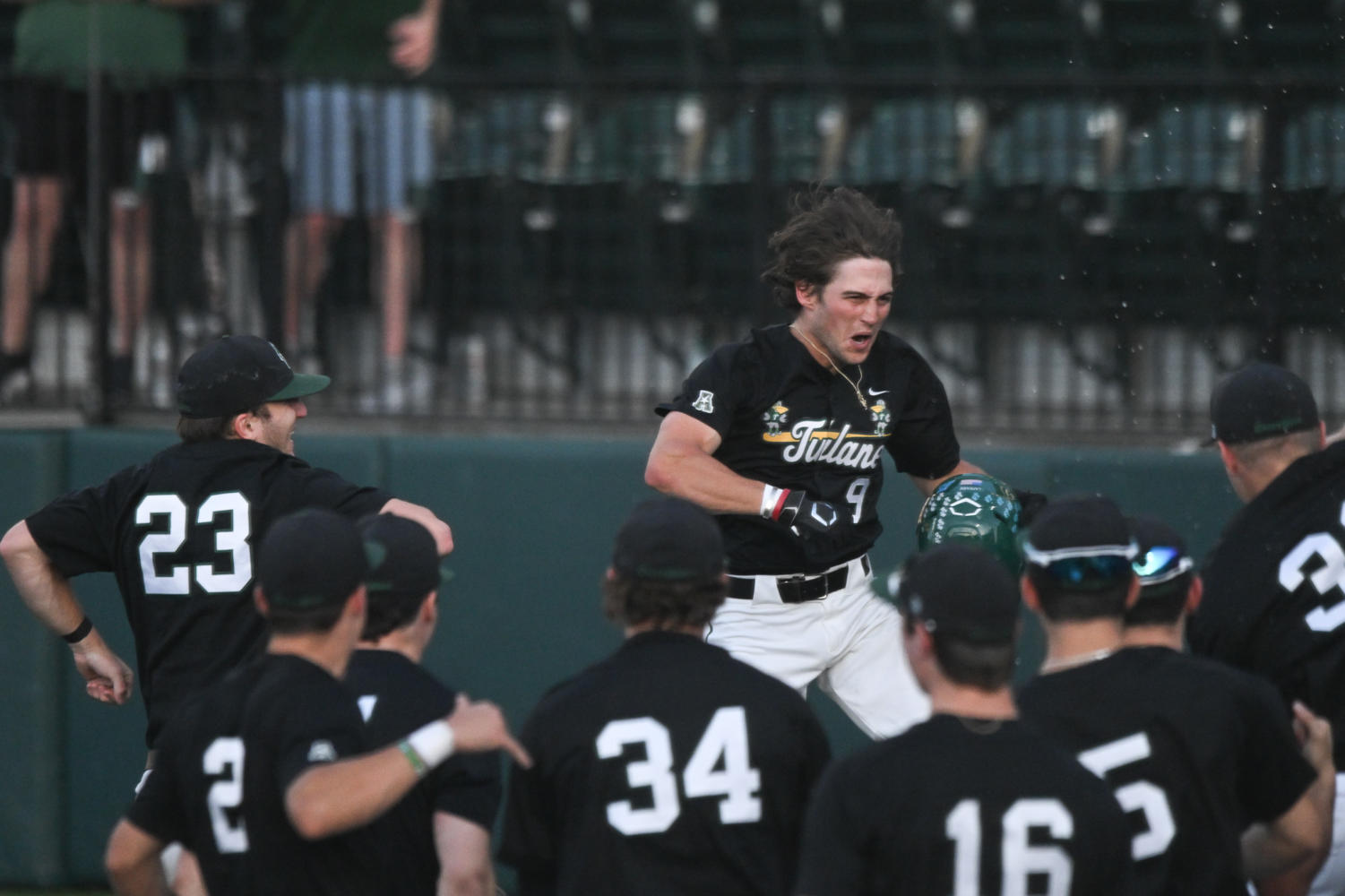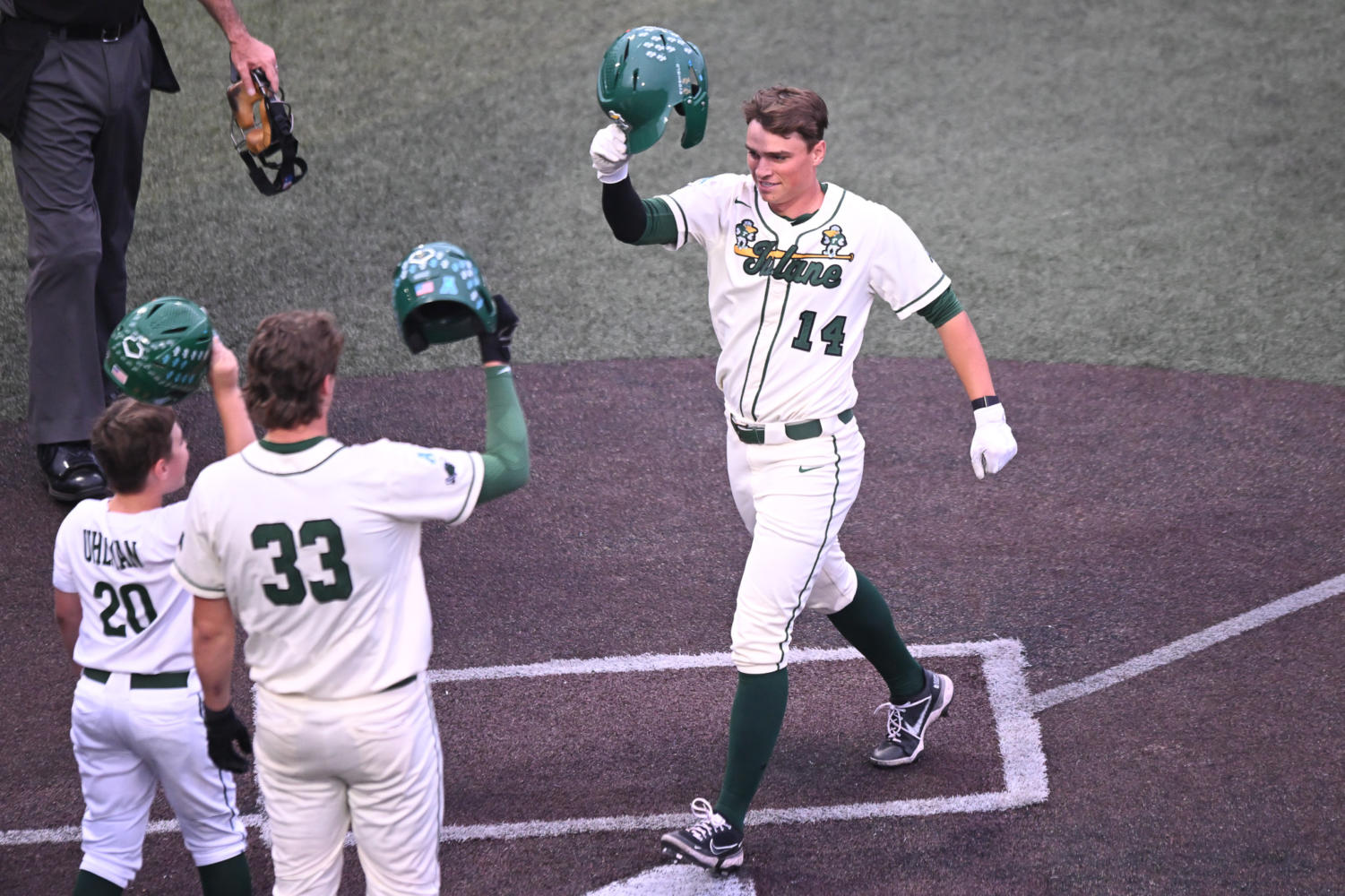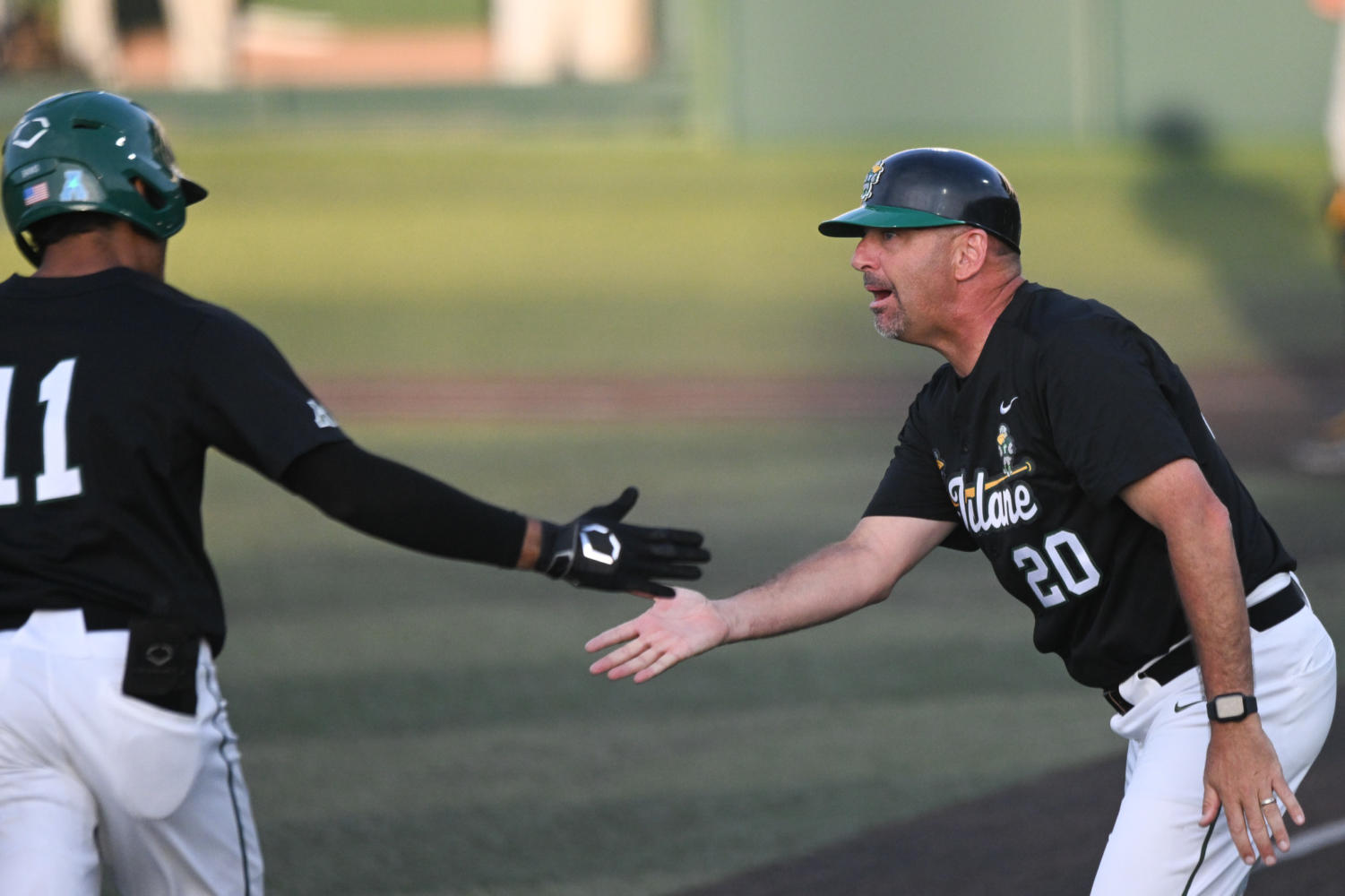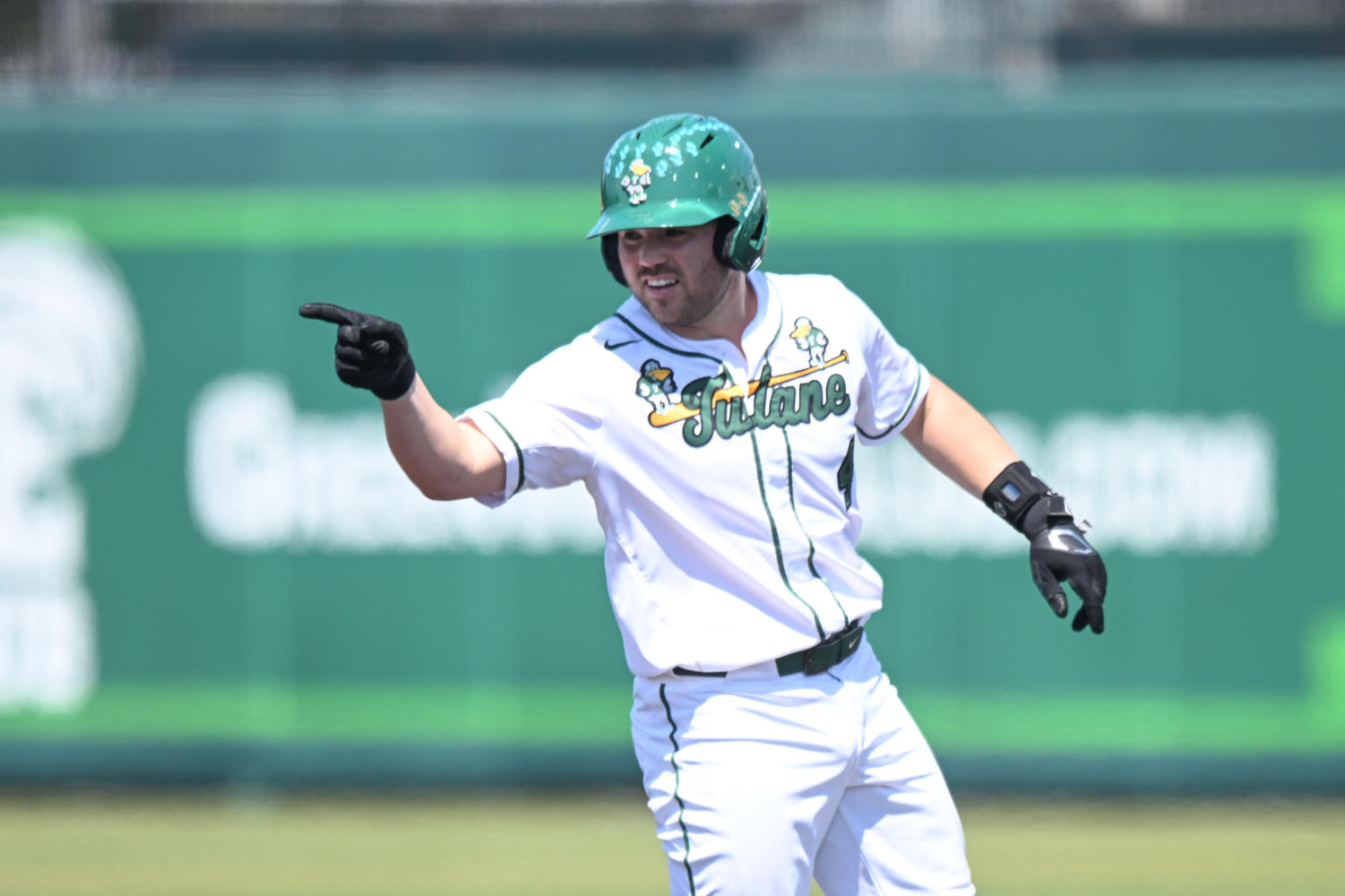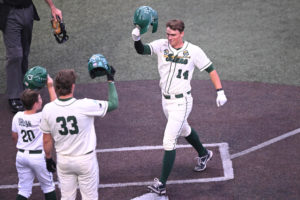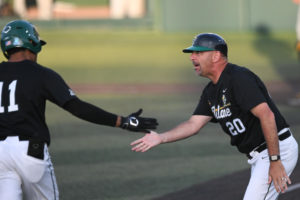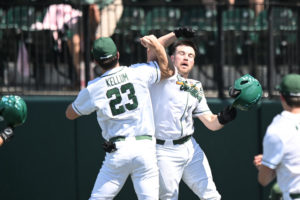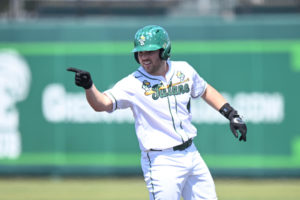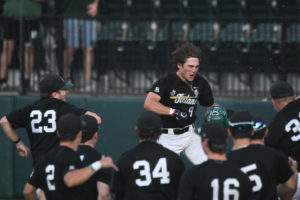Riptide’s Reflections | Awakening Sluggerbirds
Riptide’s Reflections is The Tulane Hullabaloo’s column talking all things Tulane athletics.
When a bird first tries to fly, it jumps out of the nest and tumbles to the ground. It must first learn to tumble and then glide before it starts to flap its wings and soar.
The hitting corp for Tulane University baseball, the Sluggerbirds, seemingly has hit all three of these phases multiple times this season; however, the team is trending in a positive direction. As a whole, the team is firmly in that second phase of trying to figure out how to float.
The team’s poor batting in the first half of the year was its first struggle. On the season, team batting is near the worst in the country with a batting average of .245, ranking 273rd out of 295 teams. It makes sense that Tulane is currently 234th in scoring, averaging just 5.7 runs per game. The Green Wave performed particularly poorly at the plate in three different series: University of California-Irvine, University of Hawai’i at Mānoa and University of South Florida.
However, adding in more numbers makes the story much more fascinating. While batting average only measures how many times a player gets a hit, slugging percentage factors in what type of hit the player got. The Wave’s slugging percentage sits at 194th at .422. While this number is still below average, it is much higher than one would expect.
This leads into what the Sluggerbirds are good at, which is, well, slugging. The team is 174th in doubles — slightly below average but not disastrous. As for triples, Tulane is in a 37-team tie for 161st. Where Tulane really shines is in home runs. They rank 83rd in the country in home runs per game at 1.32 and 68th in total home runs.
Since the team so heavily relies on the long ball, it is paramount to have baserunners to maximize each blast. These baserunners are coming from walks with the Wave ranking 69th in free passes.
So the team can draw walks and hit homers, but not much else. This begs the question: Why? What is Tulane’s approach at the plate? Is Tulane striking out too much? Yes, but there is more nuance to it.
There are nine players who had at least 50 plate appearances in both 2022 and 2023. From this group, the average strikeout rate fell from 24.65% to 23.4%. Both of these numbers are still not great, as ideally the strikeout rate should be below 20%. Five of the nine players, Brayden Morrow, Chase Engelhard, Brady Marget, Brady Hebert and Brennan Lambert, have all lowered their strikeout rates from last year.
Meanwhile, the walk rate is up from 9.4% to 12%, both of which are great percentages to be at. For this season, there are four players with over 50 plate appearances with a walk rate over 15%: Hebert, Gavin Schulz, James Agabedis and Jacob LaPrairie.
There are various possible reasons explaining these trends; however, the most likely explanation is the emphasis on power over contact hitting. Since Tulane’s hitters are trying to swing for the fences, they struggle with making contact on the ball which requires a more controlled swing. This explains the high strikeout rate. However, since opposing pitchers are more afraid of giving up a big shot to these big sluggers, they will try to throw more difficult pitches in locations that are harder to hit. This scheme leads to the pitches missing more often, allowing the Wave to draw more walks.
Tulane’s hitting approach does not necessarily need to be fixed, but rather tweaked. A high walk and home run rate are a good thing, and it certainly makes for entertaining baseball. Having an offensive strategy that is reliant on the long ball is not a bad plan, but it must be supplemented by enough baserunners. For that to happen, Tulane will need to learn how to hit more for contact. Once they do that, then the Sluggerbirds can truly start to fly.
Your donation will support the student journalists of Tulane University. Your contribution will allow us to purchase equipment and cover our annual website hosting costs.



